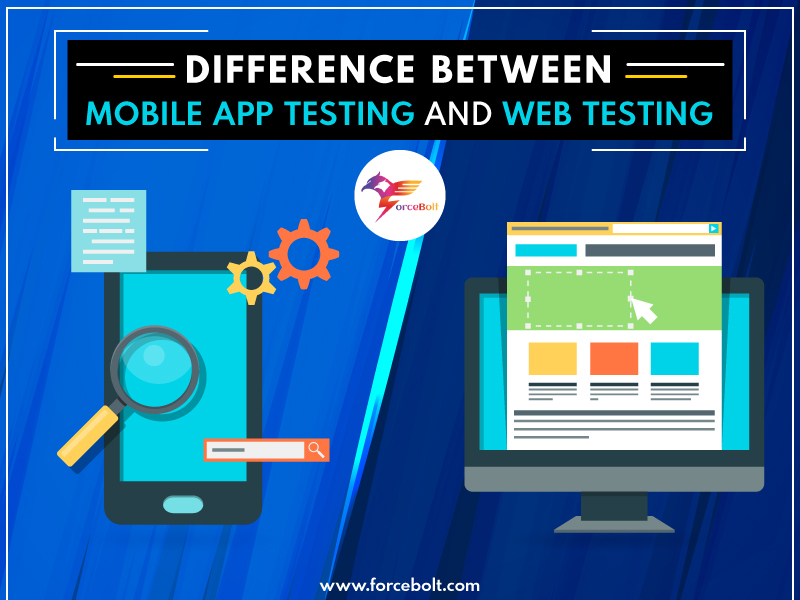Sharing is caring!
In today’s world, we have multiple options to view a particular application from viewing a particular website on the desktop to using an application for the same. Testing a web application is completely different from testing the same in a mobile application as it can reach millions of users and customers. Testing a mobile application means applying testing procedures to make contours and configurations as it subsequently requires different testing methods.
However, there is a fundamental difference between web app testing and mobile testing which needs to be explained in detail. Before finding out the difference between the two let’s explain what web and mobile applications are and how they are built.
Web Applications: They are referred to all those computer programs that run in a web browser. It is commonly built along with the help of HTML5, JavaScript, and CSS. They offer interactivity than any websites and be accessed with the help of a desktop or laptop. Common examples of web applications include online stores and web banking.
Mobile Applications: They are a more advanced feature and run on the device itself, thus making you download the application before using it. Mobile applications are built using integrated development environments and specific languages. For instance, when it comes to Android applications, it is developed using Java or Kotlin and Eclipse or Android Studio. Whereas when you are building an application for an Apple device, you need to use The XCode IDE and Objective-C or Swift. Mobile applications give a great UI/UX experience and can be integrated with the hardware perfectly.
Now when it comes to difference Mobile and web application testing are entirely disparate. However, a developer’s main aim is to give users an excellent experience. However, there are some tools that are commonly used in both mobile and web application testing is common like:
- Usability Testing
- Performance Testing
- Functionality Testing
- Certification Testing
- Recovery Testing
- Localization Testing
- Change-Related Testing
But testing for both applications does differ majorly when it comes to compatibility, internet connection, and user interaction. Let’s discuss it in detail:
- Compatibility: When it comes to testing a web application for different types of browsers are available in the market. The desktop-run apps are much easier to test when compared to mobile applications. In mobile applications, they need to be tested on each mobile device to assess their behavior with various hosts. Also, when it comes to mobile phones, they have capacity limitations because the RAM might be 4 or 6 GB maximum. Thus, testing on mobile devices might make it hard and slow to use.
- User Interaction: On the desktop, the user interaction is limited to point, scroll and click features as it is carried out by the users with the help of a mouse. While on the mobile application it has features like swiping, tapping, and pinching. For this, testing might not be a trouble because the features are simple.
- Internet Connectivity: The majority of web and mobile applications function online only. Thus. it is a necessity to test the performance of the application under different internet speeds. As for offline applications, you need to check the functionality in offline mode to enhance the customer experience.
It is quite sure that there are some overlaps between the web and mobile applications. Several mobile applications are part of the web applications themselves, so it will require common testing techniques and regimens. Test Management software is the main building block that can shape your testing strategy and resolve your problems related to both mobile and web apps.













